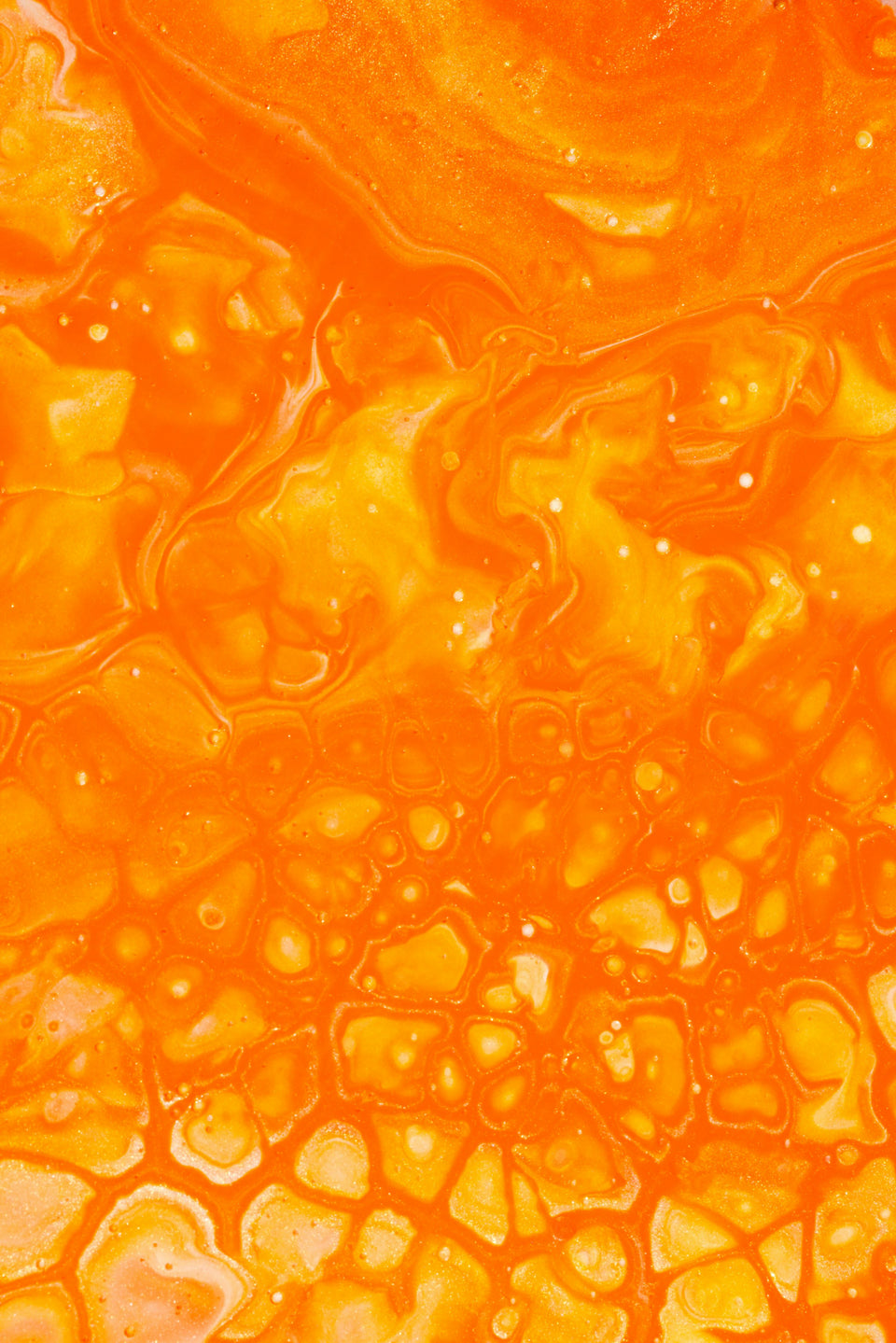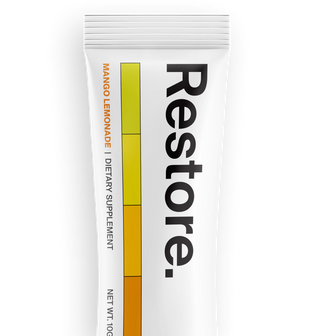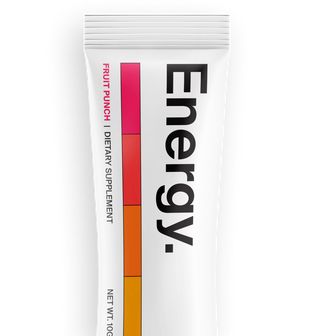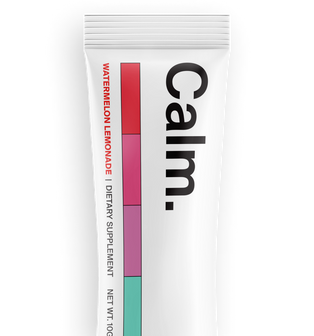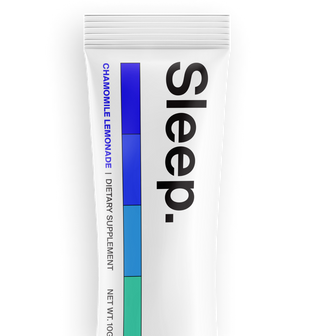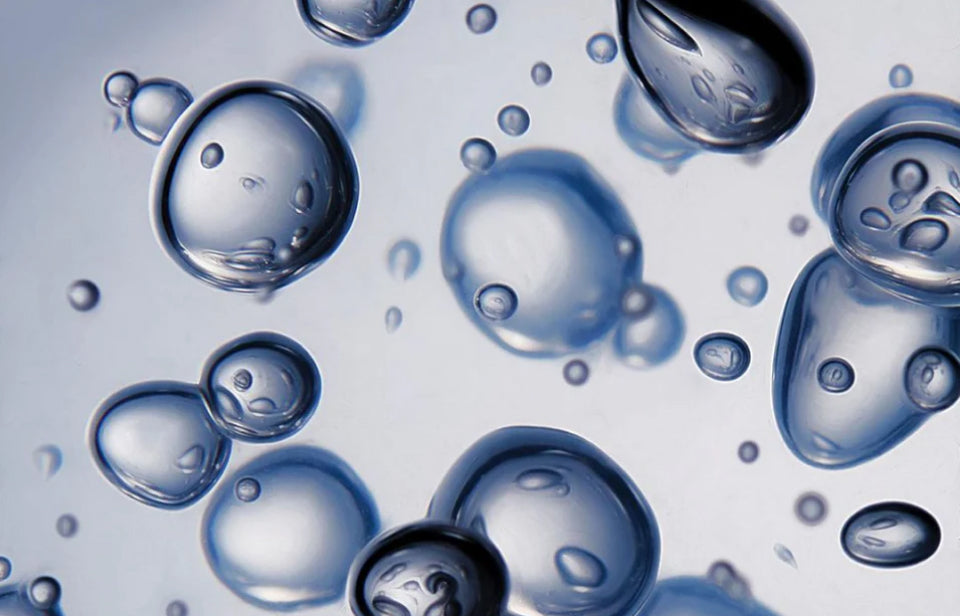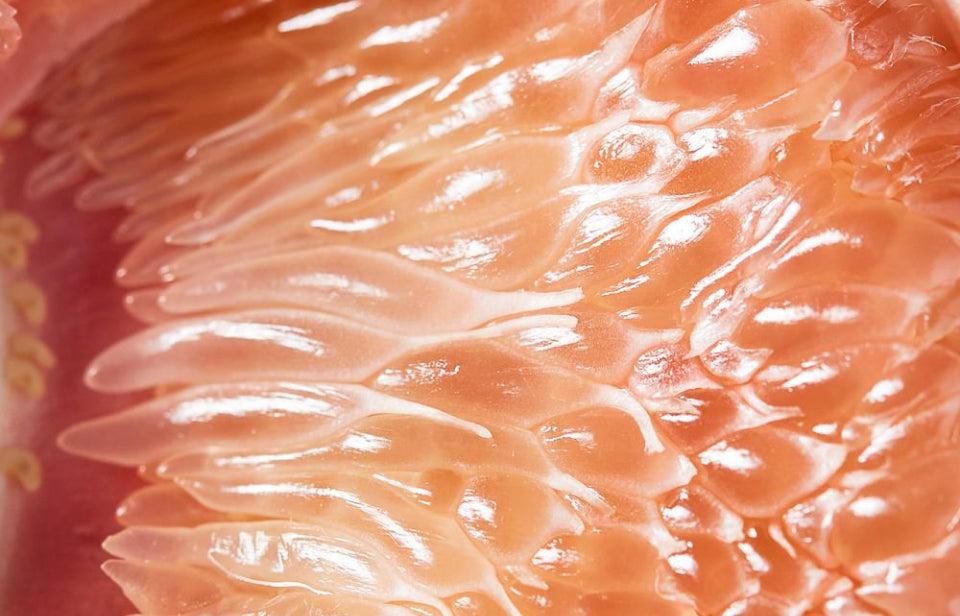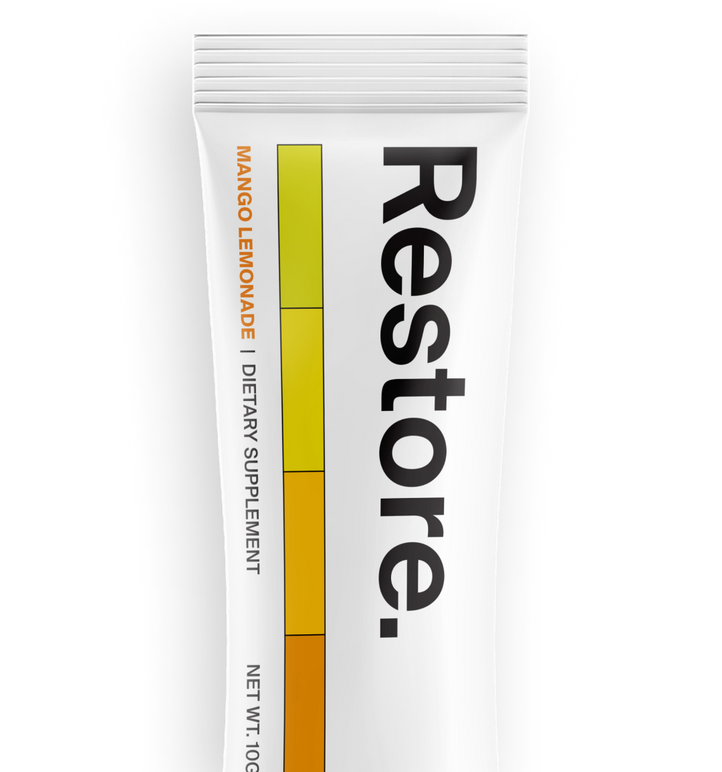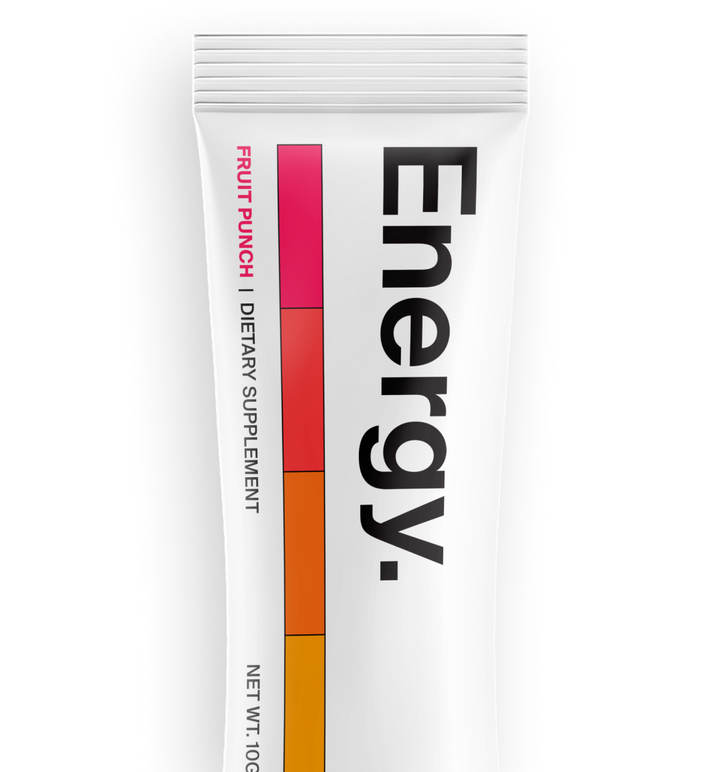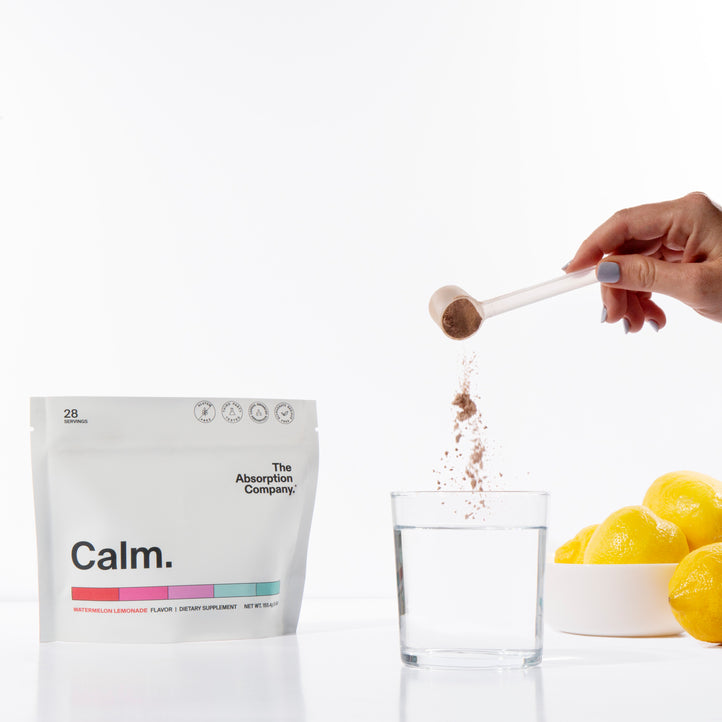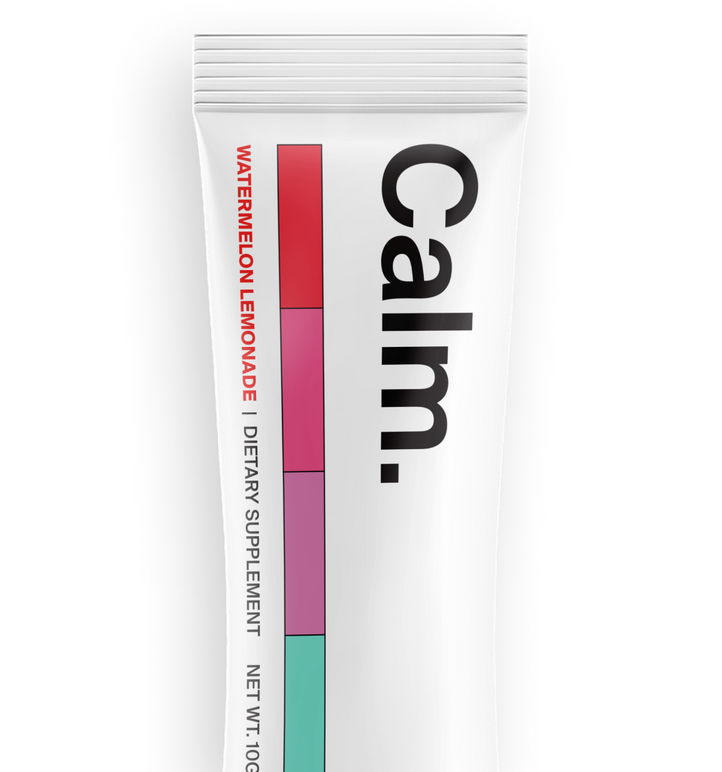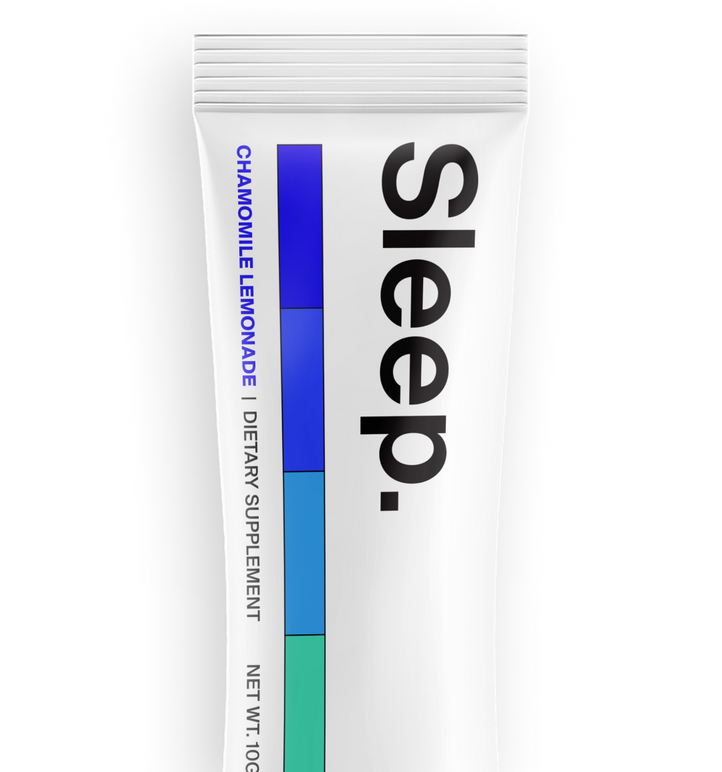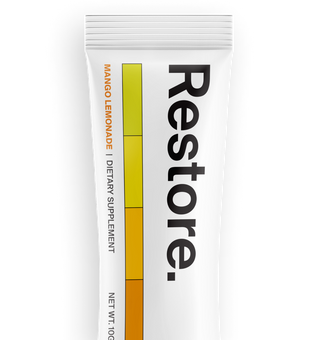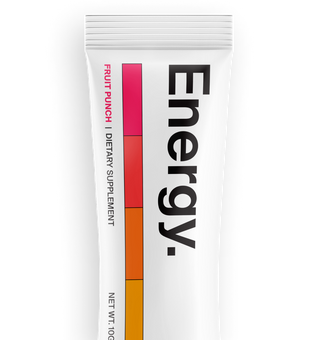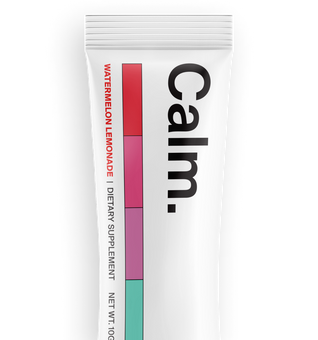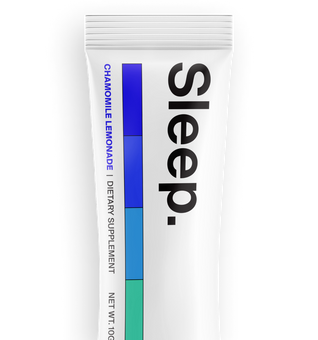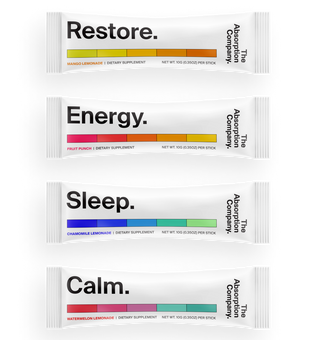Nanotechnology and Liposomes Explained
Unpacking Traditional Supplements: What’s Inside?
When you pick up a bottle of vitamins, have you ever wondered how they’re exactly made? Traditional supplements are typically found in the form of tablets, capsules or sometimes even liquid. Depending on the specific supplement, these will include a mix of active ingredients (the vitamins and other bioactive compounds themselves) along with other potential ingredients like binders, fillers or sometimes even artificial colorants1. When they’re manufactured, all these ingredients are pressed into tablets or filled into capsules. However, this leaves those bioactive ingredients exposed to things like moisture and other environmental conditions2. Complicating this even further, if the process of manufacturing involves heat or high pressure to compress the ingredients into a solid form, further impacting their stability. Potentially degrading them over time and impacting their bioavailability before they even reach your body3.
What Happens After You Swallow a Traditional Supplement?
Once ingested, these traditional supplements pass through the tumultuous journey through the gastrointestinal (GI) tract. For these supplements, the rate at which they dissolve plays a critical role in their bioavailability. If it dissolves too quickly, the bioactives may be prematurely broken down by the harsh acidic environment of the GI tract or in first-pass metabolism by enzymes, failing to be absorbed and never reaching their target sites4,5,6. On the other hand, if it dissolves too slowly, the bioactives might pass through your body and never absorbed at all4,5,6.
The bioavailability of supplement is thus critically dependent on the delicate balance of the time it takes to dissolve and the physical, chemical stability of the bioactives within the GI tract. This balancing act becomes even trickier for fat-soluble bioactives like Vitamins A, D, E and K, which require emulsification and precise packaging into mixed micelles before absorption4,5,6.
The Lowdown on Bioavailability in Traditional Supplements
The journey these traditional supplements take often leads to them exhibiting a low bioavailability. For the scientific studies we examined, on average 84% of those vitamins and other bioactive ingredients were never absorbed7-10 (Table 1). This low bioavailability can be due to formulation, vulnerability within the GI tract and the critical timing for release into the small intestine for absorption. All impacting the proportion of the bioactive ingredient that is available for absorption during digestion (5,6,11).

Table 1 – Bioavailability of Common Vitamins and Bioactive Ingredients. The measured bioavailability for several vitamins, antioxidants and bioactive phenol compounds was gathered from peer reviewed scientific studies as well as studies performed by Capsoil Technologies.
Revolutionizing Nutrient Delivery: Advanced Systems to the Rescue
Water-Soluble Bioactives: For bioactives like Vitamin C or Glutathione, they are already easy to dissolve from the food matrix of our diet into the aqueous (aka “water”) environment of the GI tract. So where do advanced systems help? They aim to enhance the stability of water-soluble bioactives as they pass through the harsh environment of the GI tract. Protecting them from the harsh pH changes and enzymes present during digestion. Enabling them to withstand these stressors until they reach the small intestine for absorption12,13.
Fat-Soluble Bioactives: For bioactives like Vitamin D or Coenzyme Q10, advanced delivery systems have a more difficult task. Not only do they need to increase the stability in the GI tract, they also must enhance their solubility in the aqueous environment of the GI tract. Controlling their release for better, consistent absorption in the small intestine12,13.
Liposomes: Tiny Carriers with Big Impact
Liposomes reflect a cutting-edge method for delivering bioactives in the world of dietary supplements. First discovered in 1965, these tiny, spherical vesicles consistent of a lipid bilayer15. Each lipid layer is unique in that it creates two polar sides: a hydrophilic (“water loving”) head and a lipophilic (“fat loving”) tail. With the liposome bilayer that forms, it creates an environment that encases water-soluble bioactives in the inner core and an environment that encases fat-soluble bioactives between the layers12,13. This unique structure makes them soluble in water while protecting the sensitive bioactives from the harsh conditions of the GI tract and first-pass metabolism12,13. They also enable a controlled release of the nutrients, enabling optimal release time and at the precise location in the small intestine12,13.
This liposomal delivery system has been demonstrated to significantly improve the bioavailability of both water- and fat-soluble bioactives, becoming a generally accepted method to improve bioavailability16-19. Specifically, these improvements have been demonstrated for liposomal Vitamin C17, liposomal Vitamin E18 and liposomal glutathione19. You’ll find liposomal forms of these bioactive compounds in our blends, supporting optimal bioavailability over traditional delivery systems.
Lipid Nanoparticles: Next-Level Efficiency
Extending on the concept of liposomes, much research and development has been conducted to develop out a “next generation” of lipid nanoparticles15. These lipid nanoparticles include nanoemulsions, structured nanoparticles and other advanced methods13. Lipid nanoparticles are specifically engineered to overcome the challenges associated with fat-soluble bioactive compounds, enhancing their bioavailability beyond what is achievable with liposomes 13. Lipid nanoparticles are also known improve the efficiency of absorption and can even increase the duration for these bioactives can remain in the GI tract, maximizing their opportunity for absorption13. For lipid nanoparticles, their nano-size displays greater surface area for greater bioavailability compared to larger sized emulsions14.
These lipid emulsions have been demonstrated to provide a major advancement for how fat-soluble bioactives are delivered into the body14. These advancements extend into understanding the efficacy for potential health benefits with this increased heath benefit20.
Improving Supplements: Functional Solutions
Bioactive compounds in traditional dietary supplements face many challenges that can potentially impact their bioavailability due to the way they are manufactured and processed1. These factors can degrade them, impacting their effectiveness by the time you take them2-3. Advanced systems like liposomes and lipid nanoparticles are exciting technologies. But where do we find them and how do we know if they work? To tackle this question and to improve our supplements, we need to find pioneers in bioactive compound delivery and technology.
References
- Cooperman, T. (2007). Inactive Ingredients / Excipients in Supplements. Consumer Lab Review.
- Handbook of Pharmaceutical Excipients, Sixth Edition (2009).
- Sensoy, I. (2021). A review on the food digestion in the digestive tract and the used in vitro models. Current Research in Food Science, 4: 308 – 319.
- Kiela PR and Ghishan FK. (2016). Physiology of Intestinal Absorption and Secretion. Best Pract Res Clin Gastroenterol, 30(2): 145 – 159.
- Said HM. (2011). Intestinal absorption of water-soluble vitamins in health and disease. Biochem Journal, 437 (3): 357 – 372.
- Rodrigues DB et al. (2022). Trust your gut: Bioavailability and bioaccessibility of dietary compounds. Current Research in Food Science, Vol 5, pp 228 – 233.
- Brandon EFA, et al. (2014). Bioaccessibility of vitamin A, vitamin C and folic acid from dietary supplements, fortified food and infant formula. International Journal of Food Sciences and Nutrition, 65(4), 426–435.
- Devi, S. et al. (2020). Measuring vitamin B-12 bioavailability with [13C]-cyanocobalamin in humans. Am J Clin Nutr,112:1504–1515.
- Rakusa, ZT et al. (2023). Vitamin B12 in Foods, Food Supplements, and Medicines—A Review of Its Role and Properties with a Focus on Its Stability. Molecules, 28, 240.
- Firoz M and Graber M (2001). Bioavailability of US commercial magnesium preparations. Magnesium Research, 14(4): 257 – 262.
- Sensoy, I. (2021). A review on the food digestion in the digestive tract and the used in vitro models. Current Research in Food Science, 4: 308 – 319.
- Katata-Seru L. et al. (2019). Nanoformulated Delivery Systems of Essential Nutraceuticals and Their Applications. Nanoemulsions – Properties, Fabrications and Applications Chapter edited by Kai Seng Koh and Voon Loong Wong.
- Mukherjee S. et al. (2021). Nutraceutical delivery system. Food, Medical, and Environmental Applications of Polysaccharides Chapter edited by Pal K et al.
- Parthasarath S et al. (2016). The influence of droplet size on the stability, in vivo digestion, and oral bioavailability of vitamin E emulsions. Food Funct., 7, 2294
- Viegas C. et al. (2022). An insight on lipid nanoparticles for therapeutic proteins delivery. Journal of Drug Delivery Science and Technology, 77, 103839.
- Dalek P et al. (2022). Bioavailability by design — Vitamin D3 liposomal delivery vehicles. Nanomedicine: Nanotechnology, Biology, and Medicine, 43: 102552.
- Davis, JL et al. (2016). Liposomal-encapsulated Ascorbic Acid: Influence on Vitamin C Bioavailability and Capacity to Protect Against Ischemia–Reperfusion Injury. Nutrition and Metabolic Insights, 9: 25 – 30.
- Ko J. et al. (2023). Pharmacokinetic Analyses of Liposomal and Non-Liposomal Multivitamin/Mineral Formulations. Nutrients, 15, 3073.
- Sinha R et al. (2018). Oral supplementation with liposomal glutathione elevates body stores of glutathione and markers of immune function. Eur J Clin Nutr, 72(1): 105–111.
- Mohd Zaffarin et al. (2020). Pharmacology and Pharmacokinetics of Vitamin E: Nanoformulations to Enhance Bioavailability. International Journal of Nanomedicine,15: 9961–9974

